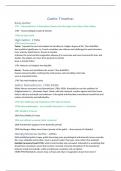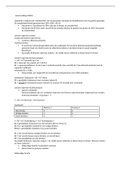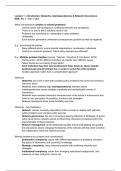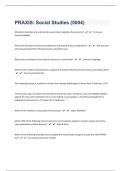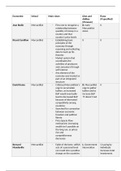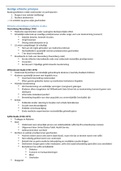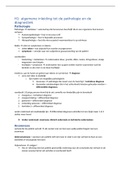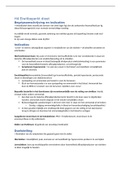Summary
Summary Gothic literature timeline
- Institution
- OCR
This is a detailed time line that identifies that different stages of Gothic literature. It gives the dates, examples of books from these eras and the authors while also giving some context around the different stages. really useful for introductions of comparative gothic essays to show wider readi...
[Show more]
